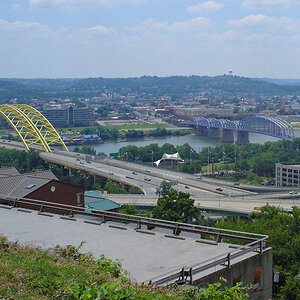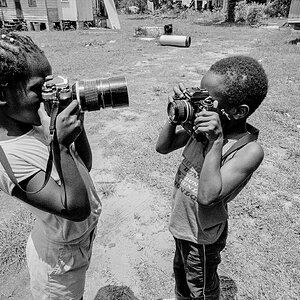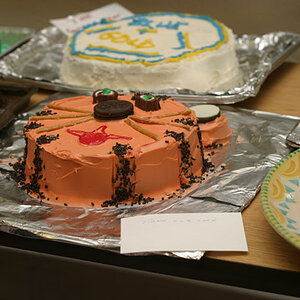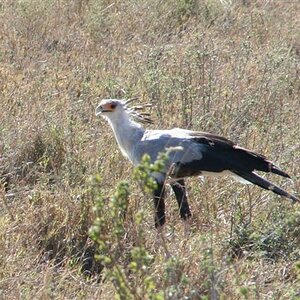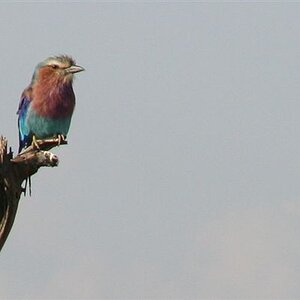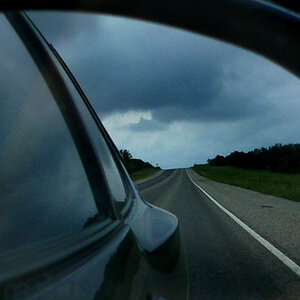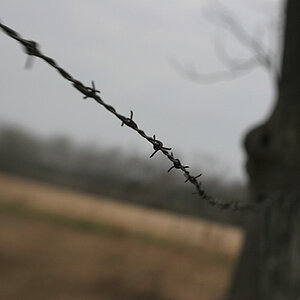OfMikeandMen
TPF Noob!
- Joined
- Mar 12, 2013
- Messages
- 48
- Reaction score
- 1
- Location
- United States
- Can others edit my Photos
- Photos OK to edit
Hi,
I just finished "Understanding Exposure," and have started The Digital Photography book 1 from Kelby. I have a few questions, two of them are relatively related: I am confused with the metering section in "Understanding Exposure." That is, what Peterson calls, "Brother Sky." Are there are more in depth guides on how to accomplish a creatively correct exposure based on where you are metering? Following Peterson's advice, my photos always turn out too dark. The question that follows this is based on light. Are there any good guides on how to understand light, the best light to take photos in, etc.? And lastly, the technicalities. I am reading Kelby's book, but nearing half-way through, I see good advice, and have learned a lot. However, I prefer things to be a little more technical so that I understand what is going on. I plan on taking portraiture and wedding photos. I would like more info mainly on these two areas. I like natural light, but understand that sometimes this isn't possible with weddings. I like how artistic photos look for weddings that tend to be more popular these days. Not the basic formal photos and family photos (though I know this is part of it). Anyways, I was wondering if there are any good books for these topics. It seems a lot of books talk more on landscape, urban photography, etc. Which I love. I love night photography. However, I'm mostly interested in learning about portraiture and weddings. But, I feel severely under-educated at this point. So, any fundamentals will help. I've researched the threads on books to read, and the Cambridge website. I've also looked at the composition basics. I'm just trying to find something more suited to what I want to end up doing, and something that will really delve into the fundamentals. I'm really motivated to get these down. Any help would be great. Sorry for such a long post.
I just finished "Understanding Exposure," and have started The Digital Photography book 1 from Kelby. I have a few questions, two of them are relatively related: I am confused with the metering section in "Understanding Exposure." That is, what Peterson calls, "Brother Sky." Are there are more in depth guides on how to accomplish a creatively correct exposure based on where you are metering? Following Peterson's advice, my photos always turn out too dark. The question that follows this is based on light. Are there any good guides on how to understand light, the best light to take photos in, etc.? And lastly, the technicalities. I am reading Kelby's book, but nearing half-way through, I see good advice, and have learned a lot. However, I prefer things to be a little more technical so that I understand what is going on. I plan on taking portraiture and wedding photos. I would like more info mainly on these two areas. I like natural light, but understand that sometimes this isn't possible with weddings. I like how artistic photos look for weddings that tend to be more popular these days. Not the basic formal photos and family photos (though I know this is part of it). Anyways, I was wondering if there are any good books for these topics. It seems a lot of books talk more on landscape, urban photography, etc. Which I love. I love night photography. However, I'm mostly interested in learning about portraiture and weddings. But, I feel severely under-educated at this point. So, any fundamentals will help. I've researched the threads on books to read, and the Cambridge website. I've also looked at the composition basics. I'm just trying to find something more suited to what I want to end up doing, and something that will really delve into the fundamentals. I'm really motivated to get these down. Any help would be great. Sorry for such a long post.


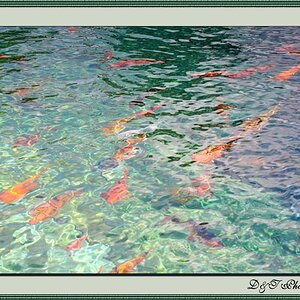
![[No title]](/data/xfmg/thumbnail/33/33031-909b1e1ff8739eef165c60b70c9a6a38.jpg?1619735845)
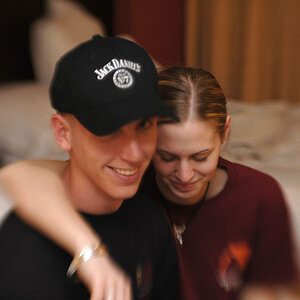
![[No title]](/data/xfmg/thumbnail/33/33028-42917987307dfd2eb37ddccec6dcb655.jpg?1619735842)
